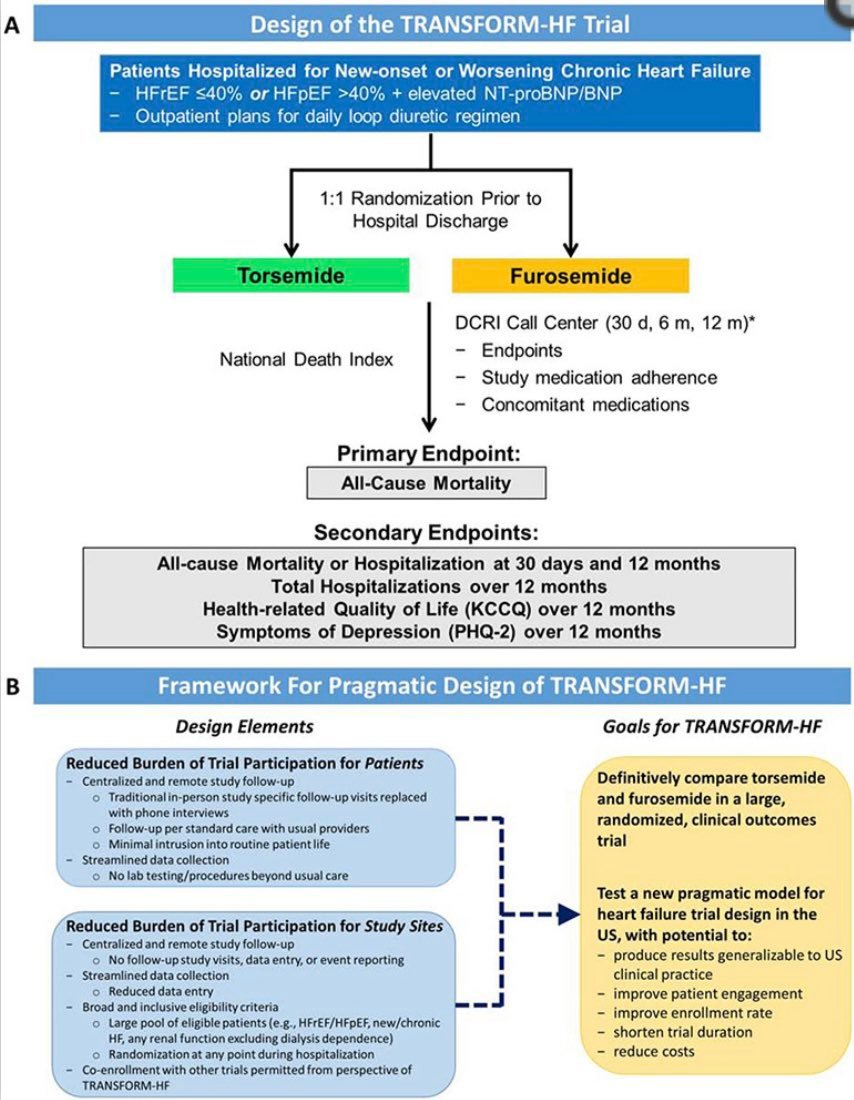1/10. Wat is the most important driver of worsening renal function in #HeartFailure ?
Look at #Tweetorial on central hemodynamic derangements in heart failure
#Cardiotwitter #Cardiology #FOAMed #Cardiorenal #MedEd #MedTwitter #Nephrology #ADVOR
Look at #Tweetorial on central hemodynamic derangements in heart failure
#Cardiotwitter #Cardiology #FOAMed #Cardiorenal #MedEd #MedTwitter #Nephrology #ADVOR
2/10. The kidney is a remarkable vascular organ. Renal blood flow = 1000 ml/min, renal plasma flow = 600 ml/min. 

3/10. Elevated central venous pressure affects renal function significantly more than reduced cardiac output in heart failure. jacc.org/doi/10.1016/j.… 

4/10. Selective abdominal venous congestion leads to morphological glomerular changes already within weeks in animal models. The glomerular surface area ↑ and Bowman’s width↑.www.nature.com/articles/s41598-018-36189-3 

5/10. GFR will be reduced in heart failure only in very low cardiac output states link.springer.com/article/10.216… 

6/10. Maintaining adequate mean arterial perfusion pressure (MAP) of 60-70 mmHg is sufficient. However, a too drastic reduction in MAP increases likelihood of worsening renal function.
onlinelibrary.wiley.com/doi/full/10.10…
onlinelibrary.wiley.com/doi/full/10.10…

7/10. However, RV dysfunction (leading to increased CVP) does impair renal function, as shown by #JeffTestani.
More signs of RV dysfunction = more improvement of renal function after decongestion.
ajconline.org/article/S0002-…
More signs of RV dysfunction = more improvement of renal function after decongestion.
ajconline.org/article/S0002-…

8/10. Moreover, higher CVP to PCWP imbalance is associated with more impaired renal function in heart failure.
@JLGrodin
sciencedirect.com/science/articl…
@JLGrodin
sciencedirect.com/science/articl…

9/10. Another under-recognized hemodynamic driver of impaired renal function in 60% of AHF is elevated intra-abdominal pressure, easily measured through a Foley catheter. jacc.org/doi/abs/10.101… 

10/10. Differences in RBF are overcome by changes in tonus of glomerular arterioles affecting FF which determines renal sodium reabsorption.
jacc.org/doi/10.1016/j.…
@WilsonTangMD @FH_Verbrugge @petra_nijst @PieterMartensMD @JeroenDauw @kevin_damman @jozinetm @NMHheartdoc
jacc.org/doi/10.1016/j.…
@WilsonTangMD @FH_Verbrugge @petra_nijst @PieterMartensMD @JeroenDauw @kevin_damman @jozinetm @NMHheartdoc

• • •
Missing some Tweet in this thread? You can try to
force a refresh



















